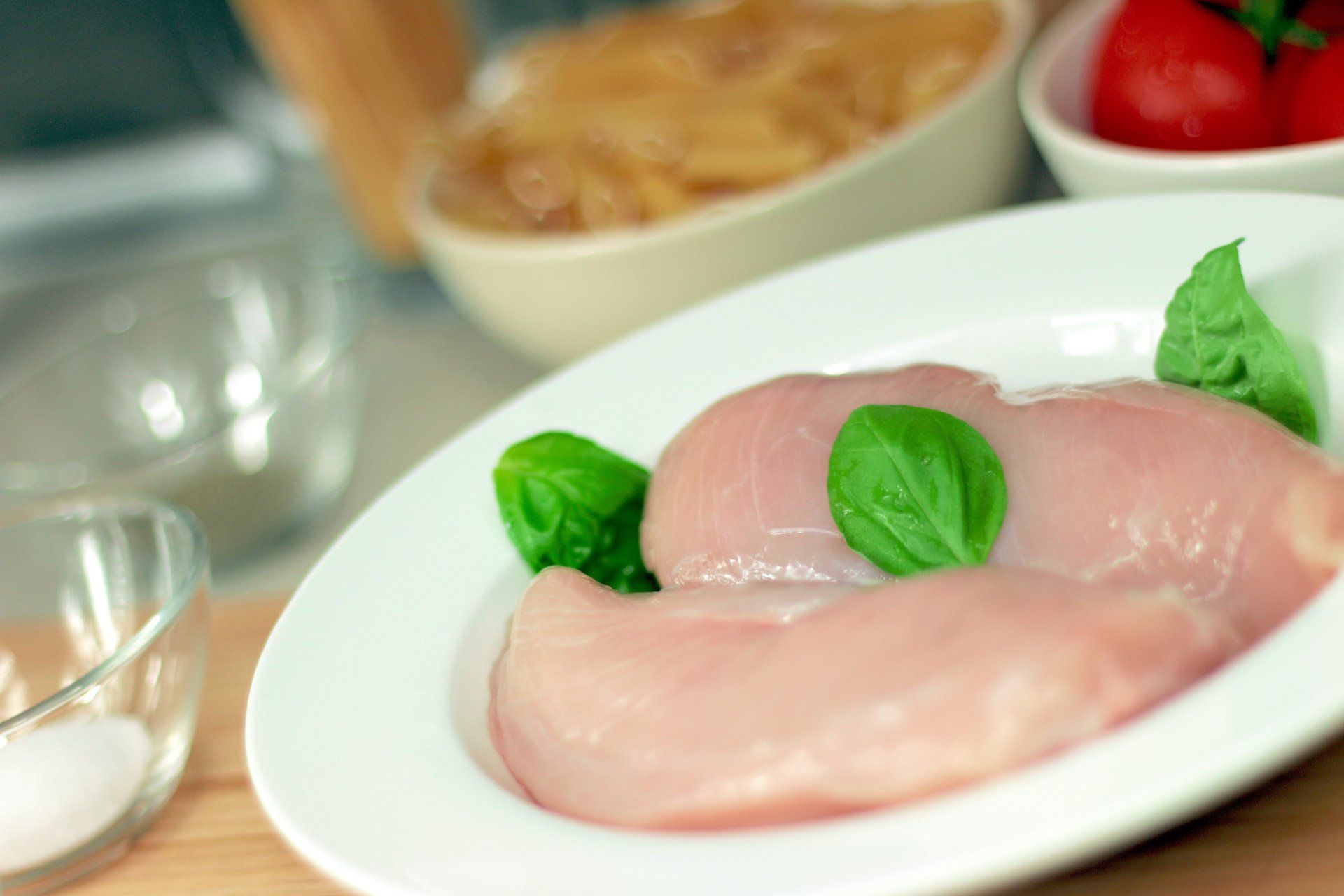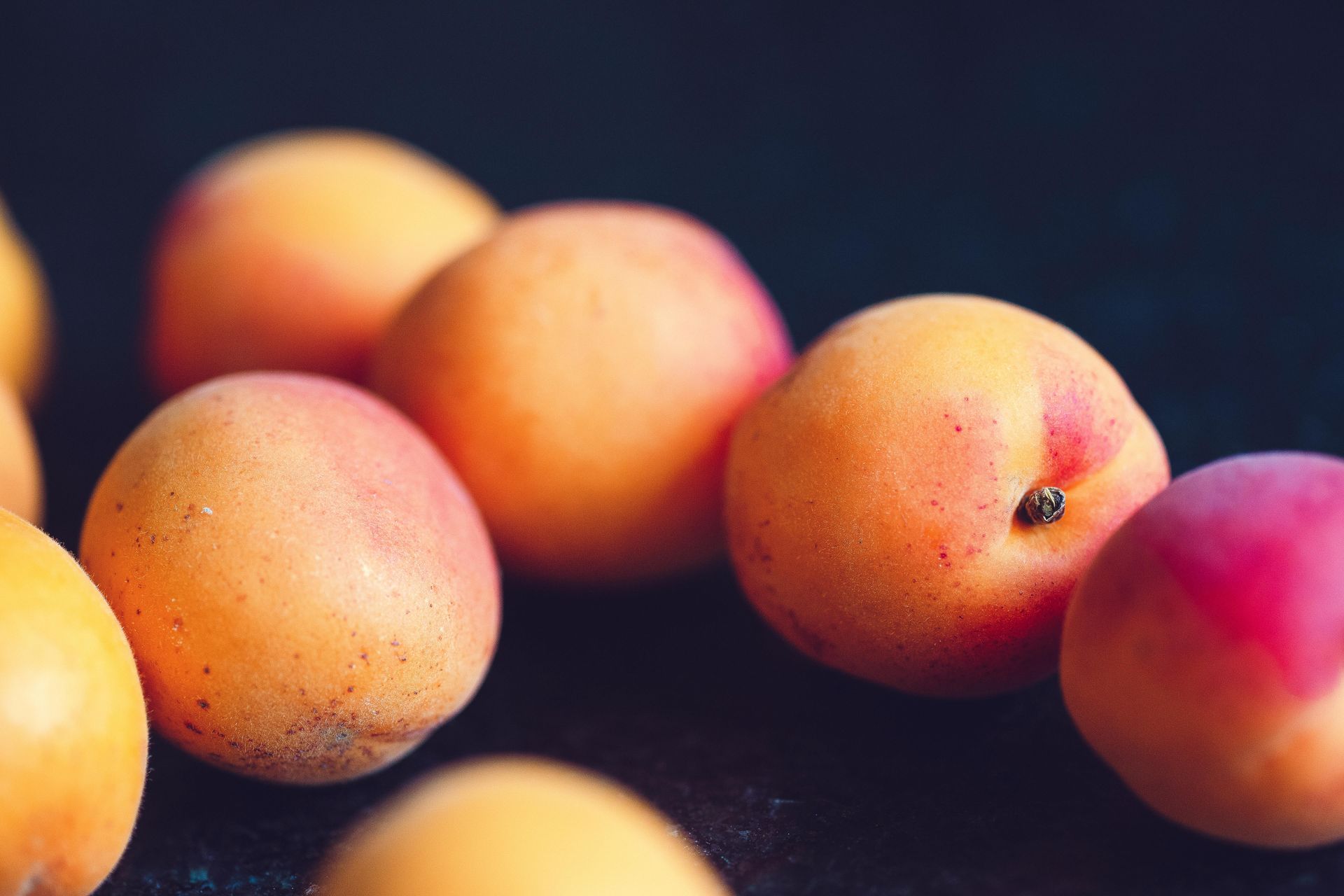Boosting food hygiene and sanitisation with UV light disinfection

Back in
1994 the science media was reporting on a dramatic rise in food poisoning, with more than a million people dying of it globally every year. Health officials were, apparently, in a state of ‘panic’. In 2011 President Obama gave the USA’s Food and Drug Administration more powers to inspect and shut down food producers, billed as the ‘biggest overhaul of food safety in the US since the 1930s’. Now, almost thirty years since the alarm was raised in ’94 about rising cases, we’re in much the same situation. It’s everywhere, it affects a lot of us, it kills us, but we can do a lot to prevent it. Here’s the food hygiene news.
Norovirus tops all food-borne viruses globally
This week
Food Safety News reports on norovirus, the winter vomiting bug that affects so many of us every year. Experts have just named it as the leading cause of viral food borne illness, closely followed by the more clinically severe Hepatitis A.
Norovirus is estimated to cause 125 million cases of food-borne illness around the world every year, and 35,000 deaths. Hepatitis A virus is the probable cause of 14 million cases and 28,000 deaths a year.
Both are on our UVC kill list.
The report says the food sector can do more to
‘support training and adopting methods for detecting viruses in foods and the environment’, and say that doing so ‘has the potential to enhance knowledge on food attribution, support risk analysis, and reduce the burden of viral food borne disease worldwide’.
New Zealand’s food-borne Campylobacter focus
It looks like Campylobacteriosis is the most frequently notified food-borne disease in New Zealand at the moment, leading health officials to make it a ‘strategic priority’ for the country’s Food Safety experts. They’ve set a target to reduce the rates of food-borne campylobacteriosis 20% by the end of 2024.
Unpasteurised milk warning in Utah
It sounds like a lovely, natural thing to do but drinking unpasteurised milk can be deadly. Health officials in Utah are looking into a cluster of campylobacteriosis cases linked to raw milk, with patients from two to seventy three years old becoming ill after drinking it. One was hospitalised but has recovered.
Campylobacter is just one food-borne illness-causing bacterium found in raw, unpasteurised milk, leaving people with diarrhoea, abdominal pain, fever and vomiting. It’s often serious in young children, pregnant women, older people and those with compromised immune systems.
The risk of lawsuits and class actions
While we’re not as litigious in the UK as they are in the USA, businesses whose products make people ill are at financial risk and an insurance policy isn’t always going to get you out of hot water. In
New York during September this year, more than two dozen people fell ill after eating at a sushi and steakhouse restaurant. Two of them took legal action, fifteen food hygiene violations were logged, and now three more lawsuits have been filed. Apparently the illness has been linked to cooked rice. And sadly, the reputation damage was so bad the place is closing down.
Halloween warning from food hygiene experts
As reported by The Mirror, it isn’t wise to eat the pumpkin you’ve carved for Halloween after the event. A professor of food policy at Northeastern University says you can either use a pumpkin as food or a decoration, but not both.
People falling ill in large numbers
More than 300 female students at India’s Aligarh Muslim University were hospitalised last week with serious food poisoning after dining at their student hostel. Officials say it was probably down to ‘major irregularities in food material purchase procedures’.
At the same time over 20 children in Taiwan fell ill after eating school lunches and 16 students in India were treated for food poisoning after their midday meal.
The worst of these food hygiene fails do tend to occur in places where the food safety regulations aren’t as tough or aren’t enforced strongly enough. But we have our own fair share here, and the companies producing food in the UK can just easily fall foul of food hygiene and food poisoning unless they’re constantly vigilant.
Fifty pupils at a school in Turner’s Hill near Crawley in Sussex fell ill this September. Would one of our fixed or mobile UVC germ killer units have stopped it happening? Who knows. But if the light was able to reach the source of the infection, and it was one of the many on our kill list, it’s a yes.
The power of UVC food hygiene and sanitisation
Maybe you’re in the food sector and want to improve hygiene standards. You might run a factory, foodservice catering company, restaurant, hotel or B&B and want to make sure your products are as safe and hygienic as possible.
Whether it’s a food production line or a self-serve canteen, a sandwich bar or gastro-pub, our UVC disinfection units - some portable and others fitted – do a fantastic job of rendering a long list of nasty pathogens harmless, and they do it economically, efficiently, and fast.
Please
get in touch for a thought-provoking conversation. You’ll be surprised how affordable our tech is.










